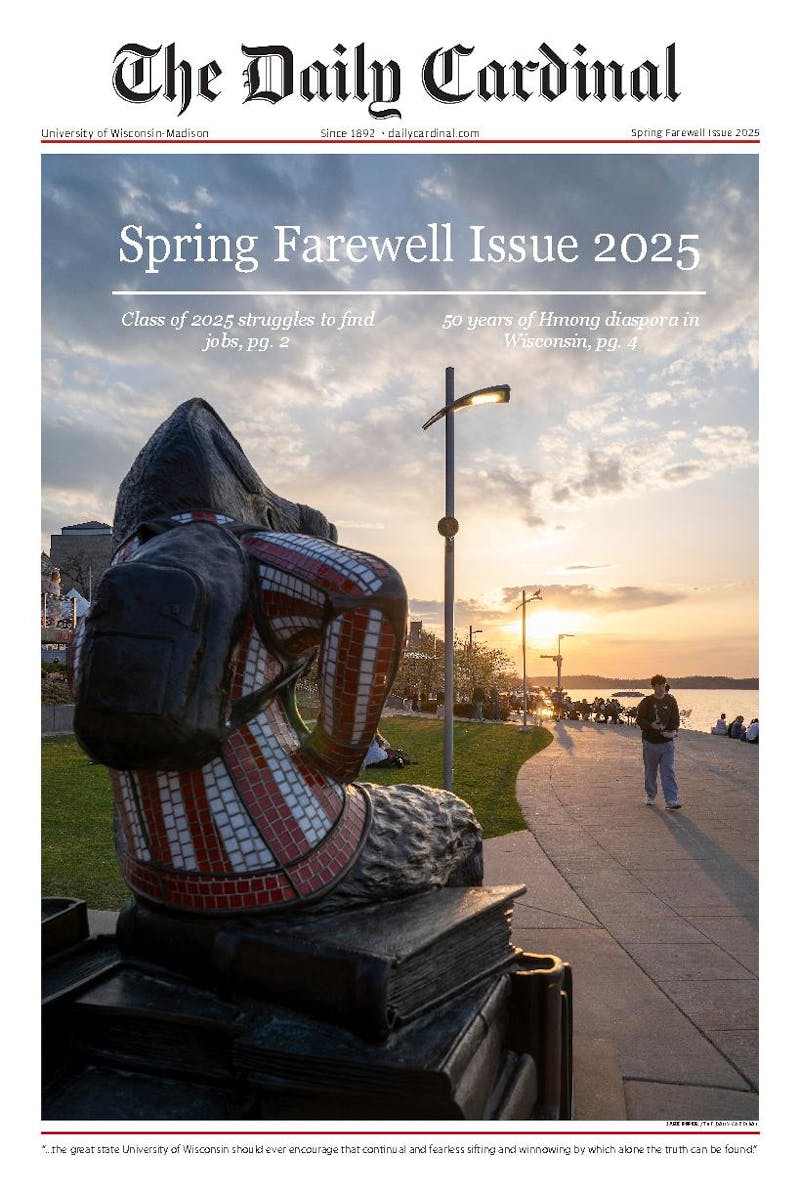Two University of Wisconsin-Madison researchers helped Madison-based biotechnology company FluGen create a new intranasal influenza vaccine candidate.
FluGen CEO Paul Radspinner told The Daily Cardinal he worked on the vaccine for 14 years with the help of UW-Madison researchers Yoshihiro Kawaoka and Gabriele Neumann to create a vaccine that is now in clinical trials with the potential to enter the market in the near future.
The vaccine works differently than the regular intramuscular shots commonly administered each year. Instead of using a killed portion of the flu virus, Radspinner told The Daily Cardinal the intranasal vaccine is used with a portion of a live virus.
“The way the flu virus typically works is it invades the cell, it makes multiple copies of itself, and it spreads out into other cells, and that’s what gets you sick. Our vaccine is missing this key gene that when it goes into the cell, it can’t get out of the cell…so it can’t go and infect other cells and make you sick,” said Radspinner.
The research Kawaoka and Neumann have been working on for decades involved deleting certain gene components of many other contagious viruses, such as Ebola virus, influenza and even COVID-19.
This research, along with the founding of FluGen in 2008, allowed for the creation of this intranasal vaccine, Radspinner said. The results are promising, with more than 700 subjects in clinical trials ranging from the ages of two to 85.
“We actually did a challenge study where you vaccinate half the group, you give placebo to the other half, and everybody gets infected with flu,” Radspinner said. “What we saw was a dramatic reduction in infections and illness.”
Radspinner also said a nasal spray may have certain advantages over intramuscular vaccines.
“We think vaccinating at the site of infection, where you're typically going to be infected with flu, creates a much better potential for preventing infection,” Radspinner said.
The clinical trials also tested the use of the nasal spray vaccine in conjunction with the regular intramuscular vaccine.
The intranasal vaccine paired with the shot may create a greater efficacy at preventing infection, Radspinner said, which will allow those who are over the age of 65 or at greater risk of having more severe influenza be treated with a greater dose of immunity. This may result in less hospitalizations and deaths from influenza each year.
The nasal spray vaccine may also result in a greater amount of immunizations from those who are more afraid of needles, Radspinner said.
The possibility of a new vaccine could soon be reaching the public’s noses in the coming years. Radspinner estimated the vaccine could be out in the market by the 2027-28 flu season.
“We’ve been a part of the University of Wisconsin from the beginning…I can’t think of anything more we could have. It's been a great place to grow the company and grow the vaccine,” says Radspinner.






